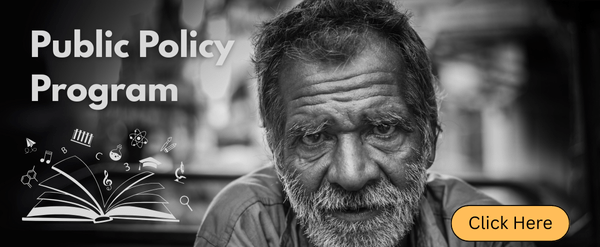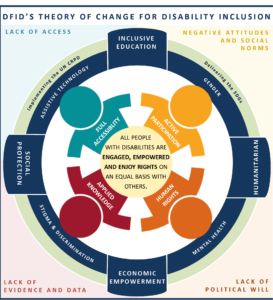From Non-Alignment to Trade Alliances – India’s Evolving Role in Global Trade Forums
Author: Rajan Patel India’s strategic positioning India’s engagement with BRICS and the G20 reflects its consistent efforts to shape the global political discourse in line with its own interests, while also promoting ideas like multilateralism, inclusive development, and reforming existing institutions. India is often seen as a democratic counterweight to China’s influence in the region and even though both countries align on certain economic and developmental issues, their bilateral ties remain tense mainly because of long-standing territorial disputes and trade imbalances but these tensions have at times helped India maintain its ties with the West, where it is increasingly viewed as a credible alternative to China in the region (Stimson, 2022). India’s trade with BRICS countries witnessed a substantial growth over a period of 4 years as it increased from USD 120.65 billion in 2019 to around USD 174.45 billion in 2023, with China alone accounting for over USD 122 billion (Kamalakar, 2024), a significant percent of India’s trade. Addressing this issue, India has tried to strengthen its ties with Russia, especially post-Ukraine war, and expanded trade with Brazil and South Africa in areas like defence, energy, and pharmaceuticals. It has also supported the expansion of BRICS to include countries such as Saudi Arabia, Egypt, Ethiopia, and the UAE, positioning itself as a leader of the Global South while also pushing for strategic autonomy through ideas like de-dollarisation and the proposal of a BRICS currency (Pant & Jayaprakash, 2024). India’s G20 presidency in 2023 marked a diplomatic shift by putting the Global South at the centre of the conversation. The theme “Vasudhaiva Kutumbakam – One Earth, One Family, One Future” was more than just a symbol; it showed India’s effort to reposition itself as a consensus-builder in a world that is divided (Kumar, 2024) The Voice of the Global South Summit brought together 125 countries, and India’s leadership was evident in its success as it promoted the inclusion of the African Union as a permanent member of the G20 – a move that addressed long-standing concerns around institutional equity and representation (India Foundation, 2023; Kumar, 2024). Economic Policy and Initiatives India has always been committed to global financial reforms, as it supported the Common Framework for Debt Treatment, calling for an overhaul of international financial institutions, so they could better serve the interests of emerging economies while also advocating for a comprehensive restructuring of debts, as developing countries held nearly 30% of the world’s USD 92 trillion debt (Kumar, 2024), a much-needed intervention helping countries like Zambia, Ghana, and Ethiopia. India also pushed for greater South-South trade cooperation, which rose from USD 140.75 billion in 1990 to USD 9.36 trillion in 2021 and measures like the Jaipur Call to Action and the Digital Trade Documentation Principles reflected this priority. India also pushed for greater South-South trade cooperation, which rose from USD 140.75 billion in 1990 to USD 9.36 trillion in 2021. Measures like the Jaipur Call to Action and the Digital Trade Documentation Principles reflected this priority. Digital Push and Global Role India also aced the race for digitization and its digital public infrastructure – the Aadhaar, UPI, Co-Win – was showcased as a model for the Global South, backed by the launch of a Global DPI Repository and a USD 25 million contribution to the DPI Impact Fund which played a key role in announcing the India-Middle East-Europe Economic Corridor (IMEC), offering an alternative to China’s connectivity push (Kumar, 2024; India Foundation, 2023). Together, India’s role in BRICS and the G20 is a reflection of its attempt to maintain strategic autonomy while still leading on issues that matter to the developing world. It is not just participating—it is shaping.








